We have much more to do and your continued support is needed now more than ever.
Meet Your Pets’ Wild Relatives
Ask me to describe my dog, Humphrey, in one word and I immediately think “Wild.” Not just because he is a sweet-faced troublemaker, but because he reminds me of his wild ancestor, the gray wolf. Like most pets, my dog can be so wild sometimes that I feel like I am living with wildlife right in my own home!
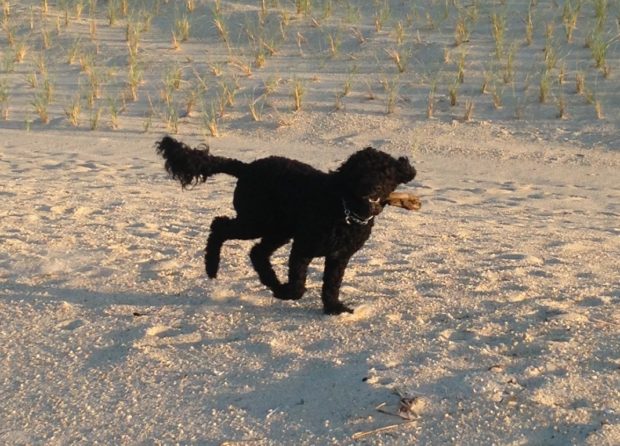
So, with that in mind, the National Wildlife Federation needs your help to protect our pets’ wild family tree!
Dogs

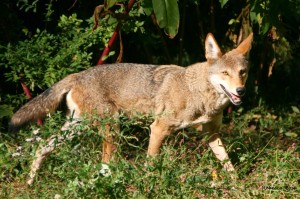
As you can see, dogs like Humphrey and Max can get a little wild every now and then. All dogs who are descended from gray wolves are actually the same same species, Canis lupus. So it’s no surprise that they share similar behaviors. Both dogs and wolves prefer having large areas to run, are carnivores, and communicate through body language, various vocalizations, and scent marking.
Through domestication over millennia humans have bred out the wildest behaviors in dogs. An interesting study by the University of Massachusetts found that wolves and dogs differ in large part because of how they develop. One major difference is socialization: wolves begin socializing at two weeks old — while they are actively developing their senses — whereas dogs start socialization at four weeks old — after they have developed their senses. This difference in development could be one of the main reasons wolves behave more wildly.
There are two wolf species native to the United States, the gray wolf and red wolf. Unfortunately red wolves are endangered and can only be found in a small part of North Carolina. Help save red wolves from extinction!
Cats
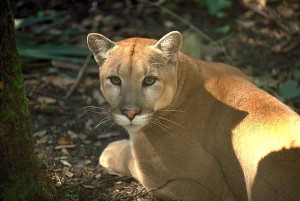
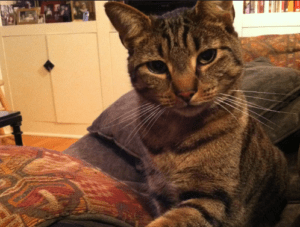
Domestic and wild cats enjoy pouncing, prowling, and marking their territory through scent or visual markings. All cats, like Figaro pictured above, have strong senses of smell as well as retractable claws (except for cheetahs, which have semi-retractable claws that grip the ground as an aid for sprinting at speeds of up to 60 mph). A good sense of smell and claws are what help make cats fierce predators. Did you know that just like domestic cats, mountain lions (also known as cougars or panthers) do not roar, but rather use vocal communications such as purring, hissing and growling? So do most of the other wild cat species found in North America: lynx, bobcats, jaguarundis and ocelots. (The jaguar, a species once found in the Desert Southwest and still occasionally sighted there, does indeed roar like other big cats.)
Unfortunately, wild cats do not have the same strength in numbers as domestic cats. The Florida panther, for example, is an endangered species with a population of less than 160. A range of threats from habitat destruction, disease, and mortality from cars have significantly plagued this big cat’s population.
![]() Symbolically adopt a Florida Panther!
Symbolically adopt a Florida Panther!
Birds
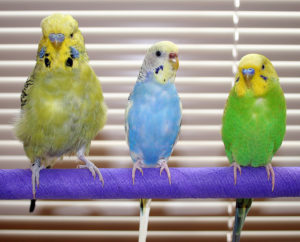
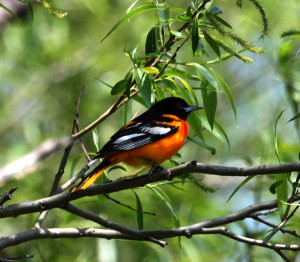
In the United States, about 20.6 million birds are owned as pets. The most commonly recommended birds to have as pets are parakeets, also known as budgies. Although domestic parakeets originate from wild ancestors in Australia, parakeets distant relatives are the songbirds that show up in our yards.
Parakeets, as members of the parrot family, share a common ancestor with song birds. Both originate from an ancient landbird, from which both groups of birds get the genes for vocal learning. Recently the complex avian evolutionary tree was mapped out to show how birds are related to one another.
One of the most iconic songbirds in the eastern United States is the Baltimore Oriole, a symbol of Baltimore, MD, one of the National Wildlife Federation’s Top 10 Cities for Wildlife. You can help these songbirds and other wild relatives in your area by building a nesting box in your backyard or creating a garden for wildlife.
![]() Symbolically adopt another native songbird, the Northern Cardinal!
Symbolically adopt another native songbird, the Northern Cardinal!
Reptiles
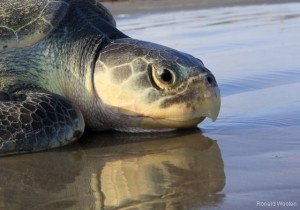
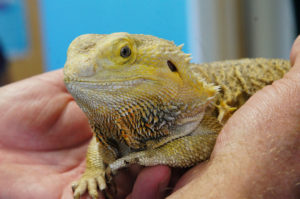
Bearded dragons are one of the most popular pet reptiles in the United States. Originally from Australia, bearded dragons have been bred in different colors. Like their wild ancestors, they feed on insects and other invertebrates. Bearded dragons lay eggs, are ectothermic (“cold-blooded”), and are vertebrates.
Turtles are some of the most commonly encountered reptiles here in North America. Pet bearded dragons need desert-like conditions to survive, just like the North American desert tortoise. Most of our native turtle species, however, tend to live in or near water. Species such as the painted turtles, snapping turtles, yellow-bellied sliders, and softshell turtles call marshes, ponds, slow moving rivers, or lakes home. Sea turtles, live in the ocean and coastal areas. There are six species of sea turtle found in North American waters and nesting on our beaches: green, hawksbill, leatherback, loggerhead, olive ridley, Kemp’s ridley sea turtles. (A seventh species, the flatback sea turtle, is found in Australian waters.) Unfortunately, all sea turtles are threatened or endangered due to coastal development of their nesting areas, ocean pollution, climate change and international trade in turtle meat.
![]() Symbolically adopt a sea turtle!
Symbolically adopt a sea turtle!
Fish
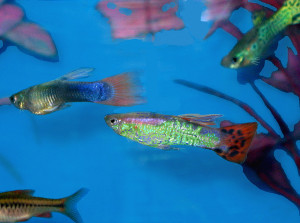
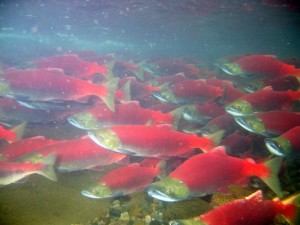
Pet fish can be divided into two main groups: freshwater and saltwater. Most fish hobbyists in the United States keep freshwater fish as pets, such as goldfish or guppies, rather than saltwater fish simply because freshwater fish require less maintenance and are more often bred in captivity (many saltwater fish are wild-caught which can be unsustainable).
Some species of wild fish need both fresh and saltwater to complete their lifecycle. For example, Chinook salmon, a keystone species of Portland, Oregon, one of the Top 10 Cities for Wildlife, are diadromous, meaning that they live in saltwater and freshwater at different points in their lives. Chinook salmon are an important food source for wildlife and people in the Pacific Northwest as well as a popular fish to catch for sport. Unfortunately, this salmon and other wild fish are threatened by climate change.
You can help keep habitats safe and healthy for all of the wild relatives in this post by supporting our work across the Federation.





















